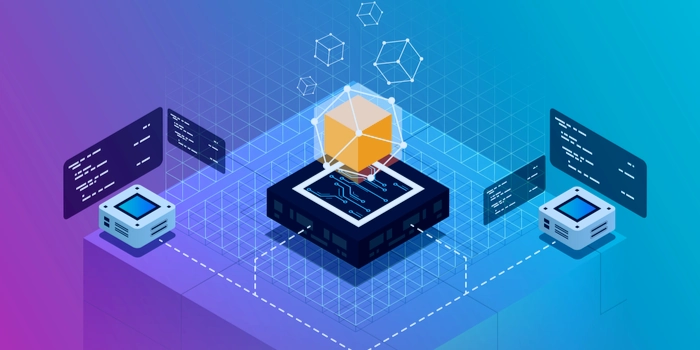Depending on your location and industry, your business may be in the early stages of returning to the office. Careful planning during this time is absolutely essential - for the health and well-being of your employees, and their technology. This planning stage is an opportunity to review how your IT demands have changed over the past year, and any necessary adjustments if a large percentage of your employees return to the office.
Here Are iCorps’ Essential Recommendations for a Secure Transition from Remote to In-Office Work:
1. Designate a Project Leader
Your company needs a strategic IT leader to orchestrate the secure merging of a remote and on-premise IT environment. Determine who will be in charge of your transition back to the office, and what role your IT department will play. Who will be ensuring strategic benchmarks are met? Who will be assessing how a return to the office could impact clients? Your project leader will be a driver for this transition, and needs to have a thorough grasp of the technical responsibilities and roadblocks within your business.
2. Backup Your Critical Business Data
Your business needs to carefully manage the backup and retention of data before wiping remote employee devices. Programs like iCorps Guardian and SaaS Protect ensure your business-critical information can be recovered easily after user errors - through a quick restore and export. This is particularly important for privileged data that may be subject to federal and state privacy regulations.
3. Review Your BC/DR and BYOD Plans
Determine whether your company wants to maintain, revise, or eliminate any Business Continuity and BYOD policies that were established before or during COVID-19. What are key takeaways from your transition to remote work that can be applied during this transition back to the office? Perhaps your company is looking to permanently incorporate flexible remote work options. Have your plans been updated to reflect this structural change? Review and ensure adequate safety protocols are in place for the storage of sensitive data, access to company networks, and collaborative applications.
4. Conduct a Device Audit and Security Gap Analysis
Review and catalog any mobile devices that were deployed to assist with remote work. Will employees be holding onto these devices in the event cases rise? Assess whether the technology is appropriate, secure, and sufficient to support employee productivity. Have your IT team run an audit on employee mobile devices and office workstations to ensure updated patching and operating systems. As more employees return to the office, they should also be aware that activity logging and network monitoring baselines may change. Ensure that current monitoring solutions have the appropriate thresholds, to avoid false alerts.
5. Evaluate New Technology
If your organization deployed remote resources, now is the time to review them. Did they meet the needs of your remote employees? Moreover, are you paying for services that already exist in your tech stack? Early in 2020, many companies elected to use Zoom or GoToWebinar, despite already paying for the Microsoft 365 stack of services. Within the Office 365 suite, Microsoft Teams offers adept meeting, calling, chat, and collaborative capacities for remote employees. Teams is more than capable of replacing Zoom and GoToWebinar, and allows businesses to optimize existing, rather than new, IT spend.
6. Communicate New Procedural and Security Policies
As more companies transition back to the office, it's imperative to keep employees informed about how their workflow will change. Will you remain in the office or provide an optional remote work program? What measures will be taken to delete sensitive and confidential company data from personal devices? How will your company ensure local documents are stored on the appropriate company resource? Keep your employees informed throughout the migration process, so that they can prepare their devices and access help if necessary. If your business is moving employees on-site and needs help with IT and telecommunications support, please reach out to us for a free consultation. We can swiftly provide guidance and deployment of enterprise-level IT support.


![[BLOG] 4 Reasons CEOs Prioritize Business Continuity & Disaster Recovery Webp](https://blog.icorps.com/hs-fs/hubfs/2021%20Webp%20Image%20Files/September%2029/%5BBLOG%5D%204%20Reasons%20CEOs%20Prioritize%20Business%20Continuity%20%26%20Disaster%20Recovery%20Webp.webp?width=600&name=%5BBLOG%5D%204%20Reasons%20CEOs%20Prioritize%20Business%20Continuity%20%26%20Disaster%20Recovery%20Webp.webp)



